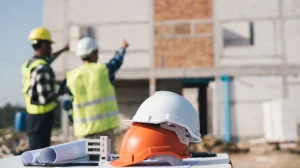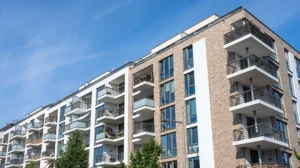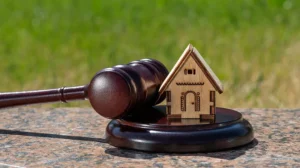Like the old saying goes, all good things must come to end! Unfortunately, from a residential building context, the end of the recent property and construction boom in New South Wales will naturally make way for the rise of disputes pertaining to defective residential building works undertaken since the beginning of the property boom in 2013, as owners seek to mitigate the effect of potential building defects on the value of their homes.
Under the Home Building Act in New South Wales (‘the Act’), all contracts for residential building works between an owner and builder must include an implied warranty (known as a ‘Statutory Warranty’ – detailed in s18B of the Act), whereby the builder warrants, amongst other things, that the works undertaken will be done so with due care and skill, and in accordance with the plans and specifications set out in the contract.
If an owner believes there has been a breach of a Statutory Warranty, they must commence proceedings for an alleged breach of a Statutory Warranty within 6 years from the date of practical completion for a ‘major defect’, and 2 years for non-major defects.
What is defined as a ‘major defect’ under the Home Building Act?
There is a 2-stage test to determine whether a defect constitutes a “major defect” for the purposes of the Act.
The first test is that the defect must affect a ‘major element’ of the building, which includes:
- an internal or external load-bearing component of a building that is essential to the stability of the building, or any part of it (including but not limited to foundations and footings, floors, walls, roofs, columns and beams);
- a fire safety system; or
- waterproofing.
The second test is that the defect must be attributed to:
- the defective design, either defective or faulty workmanship, defective materials, or a failure to comply with the structural performance requirements of the National Construction Code (or any combination of these), which causes (or is likely to cause):
(a) the inability to inhabit or use the building (or part of the building) for its intended purpose;
(b) the destruction of the building or any part of the building;
(c) the threat of collapse of the building, or any part of the building; or - a defect of any kind that is prescribed by the regulations as a major defect, which includes use of external cladding likely to cause a threat to safety in the event of a fire, or
- the use of a building product that is in contravention of that Act, including asbestos or an asbestos product.
The majority of claims for breaches of Statutory Warranty are brought and determined by the Consumer and Commercial Division of the NSW Civil and Administrative Tribunal.
Duties of Owners replying on a Statutory Warranty
Notwithstanding the rights of an owner to make a claim for breaches of a Statutory Warranty, an owner relying on the benefit of a Statutory Warranty has an obligation:
- to mitigate its loss;
- to make reasonable efforts to give written notice to the builder within 6 months after the breach becomes apparent; and
- not to unreasonably refuse a builder or sub-contractor access to the site to rectify any defective work.
Any failure by an owner to comply with the above may be taken into account by a Court or Tribunal as part of proceedings for a breach of a Statutory Warranty.
Are there any Defences for Builders?
The defences available to a builder under a claim made by an owner for breach of a Statutory Warranty include:
- instructions given by the owner, contrary to the advice of the person who performed the work (this being advice given in writing prior to the work having been done); or
- reasonable reliance by the builder on written instructions (either having been given prior to the work being done, or confirmed in writing afterwards) by a professional acting for the owner, who was independent of the builder.
In my experience, in addition to the defences, evidence of the owner’s lack of compliance with their obligations to mitigate their losses arising from a major defect – or otherwise the owner’s refusal to allow builders reasonable access the property in order to rectify alleged defects – may assist in reducing the extent of damages for which the builder may be liable (including the potential rectification costs involved in the carrying out of the rectification works).
If you require legal advice pertaining to statutory warranties and major defects, you would simply like to know more about home warranty claims, or just need to speak to an expert in building and construction law, please don’t hesitate to get in touch today.














